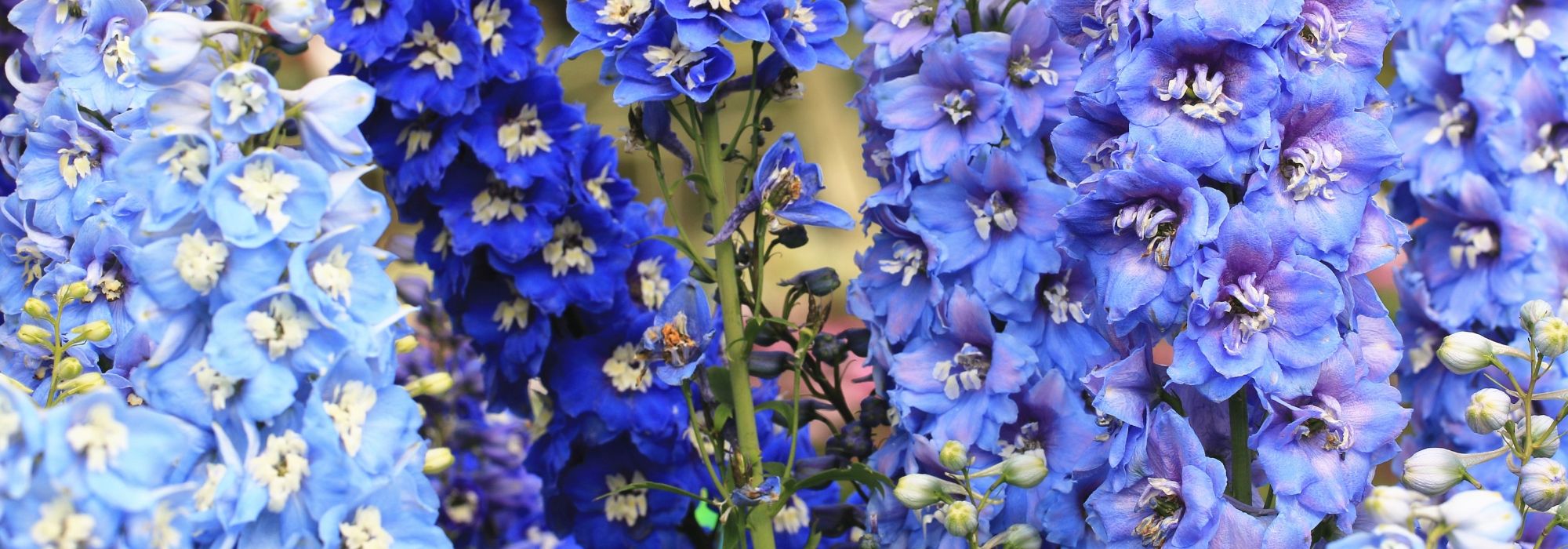
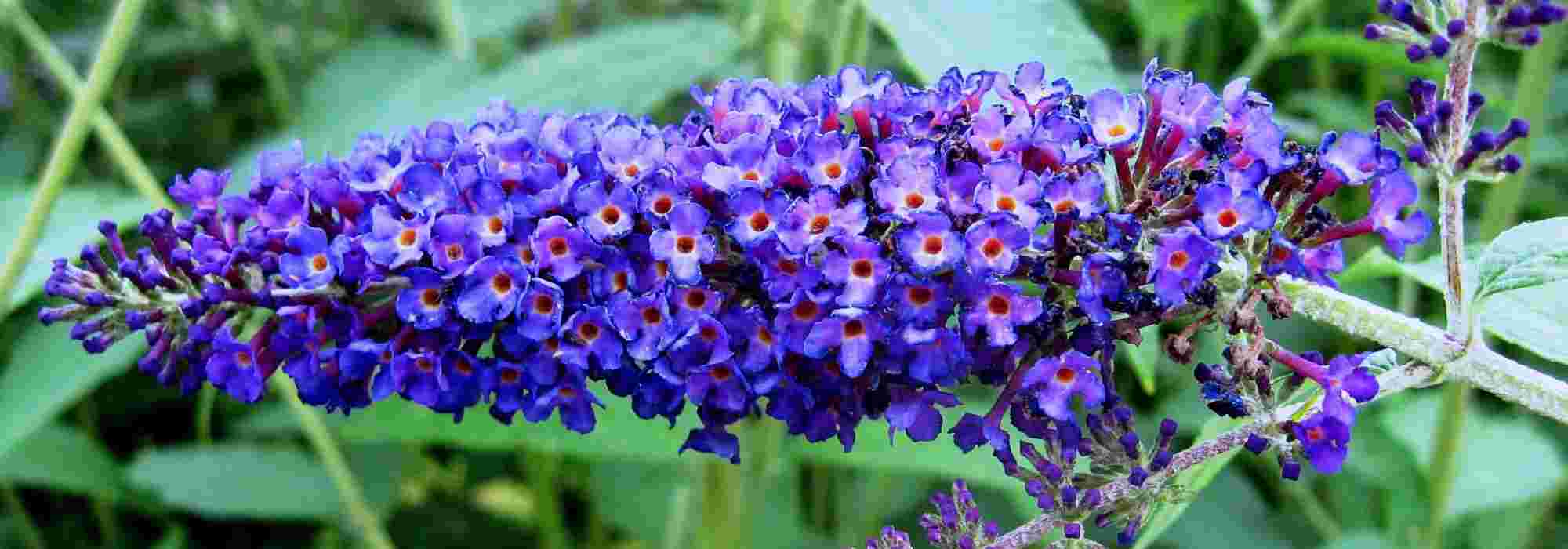
8 blue-flowering bushes to have in your garden
Discover our selection!
Contents
From sky blue to cyan blue, from midnight blue to ultramarine or indigo blue, blue flowering shrubs are always highly sought after in a garden. Here, we discuss true blue, the blue that softens overly bright tones or beautifully enhances the green of foliage, the one that adds intensity or creates contrast, for example alongside plants with yellow flowers, or that can also be part of a blue display. Discreet or intense, in clusters or stars, the flowering of these shrubs always composes charming and soothing scenes. Blue flowering shrubs are perfect for cottage gardens and natural style gardens. Easy to combine, whether in hedges or borders, planting blue flowers proves essential! To help you choose, we offer a selection of the 8 most beautiful blue flowering shrubs: discover them!
Buddleja davidii or Butterfly Bush
From June to October, Buddleia produces abundant spikes of fragrant flowers, attracting numerous butterflies with their scent. It offers a variety of colours, including stunning blues, such as the Buddleia davidii ‘Adonis Blue’ with large flower panicles measuring 20 to 30 cm long in a deep night blue, or the lavender blue panicles of Buddleia davidii ‘Nanho Blue’. Buddleia is among the easiest flowering bushes to grow, thriving in full sun in any well-drained soil, even the poorest. Fast-growing, it quickly forms beautiful, floriferous screens; you can plant it in groups or as a solitary specimen, at the back of shrub borders or in free, wild hedges. It is perfectly suited to natural gardens as well as gardens without gardeners, as well as in fragrant gardens. It pairs well with all sorts of shrubs, such as Ceanothus or California lilac, Hibiscus, and lavateras that bloom at the same time, but you can also combine it with other Buddleias for a range of blues or with sun-loving perennials like purple salvias, lupins, or delphiniums.
Find all our blue-flowered Buddleias in our online nursery, along with all the necessary information for their cultivation in this advice sheet: “Buddleia, Butterfly Tree: planting, pruning, maintenance”
Ceanothus or California Lilac
Whether deciduous or evergreen, this is a bush highly valued for its generous and fragrant spring or summer flowering, reminiscent of lilacs. It offers the most beautiful blue flowers in the garden. Its stunning pyramidal inflorescences come in endless shades of blue, like the Ceanothus ‘Blue Diamond®’ and the Ceanothus ‘Skylark’ with its deep blue flowers. Low-maintenance, it thrives in any ordinary soil as long as it is well-drained, in full sun or partial shade, and even in pots! It fits well in all gardens, whether planted alone or grouped in free hedges with other bushes like Buddleias, mock oranges, Hibiscus, in borders with the beautiful foliage of hydrangeas or Mexican orange. It forms a lovely backdrop for bush roses and provides a beautiful complement especially with yellow-flowering shrubs like gorse and broom.
Discover all our blue-flowering Ceanothus in our online nursery, along with tips from our gardening experts in our guide: “Ceanothus: planting, pruning, and maintenance”
Discover other Blue flowering shrubs
View all →Available in 0 sizes
Available in 1 sizes
Available in 1 sizes
Available in 1 sizes
Available in 1 sizes
Available in 1 sizes
Available in 1 sizes
Available in 1 sizes
Available in 2 sizes
Available in 1 sizes
Caryopteris or "Blue Spiraea
The Caryopteris or “Blue Spiraea” is an elegant bush appreciated for its airy flowering in endless azure shades and its aromatic silver, variegated, or golden foliage when crushed. Its relatively late flowering from August to October follows the summer blooms. This small shrub, rarely exceeding 1.5 m in height, brings a touch of freshness right up to the gates of winter, whether in English gardens, naturalistic or wild gardens, or in an urban garden. It is a sun-loving, drought-tolerant shrub, hardy and easy to grow, that fits seamlessly into a flowering hedge, a border, or even on a sunny terrace! Play with shades of blue and combine the particularly intense blue-violet summer flowering of the Caryopteris (x) clandonensis ‘Heavenly Blue’ or Caryopteris ‘Grand Bleu’ with Siberian sage (Perovskia atriplicifolia) that blooms at the same time, asters in similar azure tones, Ceanothus, buddleias, or create contrasts by pairing it with the yellow flowers of autumn daisies and Helenium.
Discover all our Caryopteris or “Blue Spiraea” in our online nursery, as well as our 7 pairing ideas with Caryopteris, and our complete guide: “Caryopteris, Blue Spiraea: planting, pruning, and maintaining”
Perovskia or Russian sage
The Perovskia is a graceful little bush that showcases beautiful aromatic silver foliage and a fluffy azure blue flowering that lasts all summer, sometimes until the first frosts. A centrepiece in dry and wild gardens scorched by the sun or exposed to sea spray, its vibrant silhouette resembling false lavender adds a touch of blue freshness. With its light, ramified spikes, it brings life to sunny slopes and large summer borders. A true drought-tolerant plant, it thrives in the sun, in poor, stony soils. We particularly recommend the giant ‘Blue Spire’, which reaches 1.20 m in height, and the smaller ‘Lacey Blue’ with violet-blue flowers, not exceeding 50 cm in height. They structure wild-looking borders very well when mixed with Buenos Aires verbena, lavenders, their sage cousins, and grasses (Stipa, Miscanthus…).
Discover all our Perovskia in our online nursery as well as our complete guide: “Perovskia: planting, pruning and maintenance”
Hydrangea or hydrangea
The hydrangea is a deciduous bush that instantly evokes the seaside and Brittany! It offers an impressive flowering in summer, with blooms that can be round, conical, flat, or in large panicles depending on the variety. Traditionally blue varieties turn pink in neutral or alkaline soil. In alkaline conditions, it is better to opt for pot cultivation in an acidic mix of heather soil, compost, and potting soil, ensuring a beautiful blue flowering. Versatile, the hydrangea will find its place in a border, as a standalone near the entrance, in a free hedge, or in a large pot on the terrace.
The macrophylla and serrata hydrangeas are more suited to shaded situations, with varieties like ‘Nachtigall’, ‘Nikko Blue, and ‘Benelux’ easily fitting into a woodland garden and surprising with their bright blue inflorescences, just like the ’hydrangea ‘Blue Deckle’ with its soft blue flowers. They will be perfect in partial shade in a cottage garden or a romantic garden. Plant them, for example, with foxgloves, hostas, ferns, azaleas, and thalictrums.
Discover all our blue-flowered hydrangeas in our online nursery, as well as our complete guide: “Hydrangeas: planting, pruning, and care”
Ceratostigma or Dentate
According to the species, the Ceratostigma is a creeping and carpet-forming or bushy perennial (1.20 m in all directions), flowering from July until October-November. It is recognised by the star-shaped form of its flowers and especially by their electric blue colour of rare intensity. It enjoys warm situations and grows easily in gravelly soils, even in dry and stony lands. With its long flowering of an extremely vivid gentian blue, the Ceratostigma plumbaginoides will create stunning associations at the foot of the yellow or orange flowers of bushy potentillas, Sternbergia lutea (autumn false crocus) and the golden foliage of Hamamelis or even grasses. The Willmott’s Plumbago ‘Forest Blue’, with its cloud of cobalt blue stars, will pair beautifully in a large bed with the yellow flowers of Coreopsis, goldenrods, and heleniums.
Discover all our Ceratostigma in our online nursery as well as our sheet: “Ceratostigma: plant, prune and maintain”
Hibiscus
Hibiscus or Althaea is a beautiful bush that captivates with its magnificent summer flowering in corollas that renew from July to October. While its cup-shaped flowers, both single and double, declinate in all shades of pink, there are certain varieties like the Althaea ‘Oiseau Bleu‘ which offer bright blue trumpets with a dark red centre, Hibiscus syriacus ‘Ultramarine’ with lavender flowers and a purple centre, or the Hibiscus syriacus ‘Blue Chiffon’ with its double lavender flowers. It is easy to grow in rich, fresh, well-drained, neutral soil in sunny situations, although it tolerates partial shade.
It can reach a height of 3 m at maturity and looks wonderful as a specimen plant in the middle of a lawn, but can also be included in a flowering hedge alongside other flowering bushes like buddleia or abelia. It also finds its place at the back of a summer bed with country perennials such as gauras, phlox, or asters. It adds an exotic touch to English cottages and even to city gardens as it tolerates pruning well.
Select your blue-flowered hibiscus from our online nursery as well as our sheet: “Hibiscus, althaea: to plant, to grow and to maintain”
Vitex or Chaste Tree
The Vitex is a beautiful bush with fragrant flowering, most often featuring bright blue blooms in summer and attractive foliage that emits a peppery scent. From July to October, when flowering is rarer in the garden, its spike-like flowers reminiscent of buddleias display magnificent shades of lavender blue or deep violet blue, similar to ‘Blue Puffball’ and Vitex agnus-castus ‘Delta Blues’.
This versatile plant thrives in various conditions, even in poor soil and full sun, making it suitable for both large and small gardens, as a standalone, at the back of a perennial border, grouped in country hedges, or even in pots. It easily pairs with all sorts of plants in a natural garden or by the seaside as it withstands salt spray well. It looks wonderful in a flowering hedge mixed with any type of flowering shrubs such as Ceanothus or California lilac, weigelias, a smoke tree, Buddleias, and blue-flowering perennials like Delphiniums, Knautia arvensis, Echinops, and Perovskia.
Discover our range of Vitex in our online nursery, along with our tips for successfully growing it in our comprehensive guide: “Vitex agnus-castus, Chaste Tree: plant, grow, prune”
- Subscribe!
- Contents
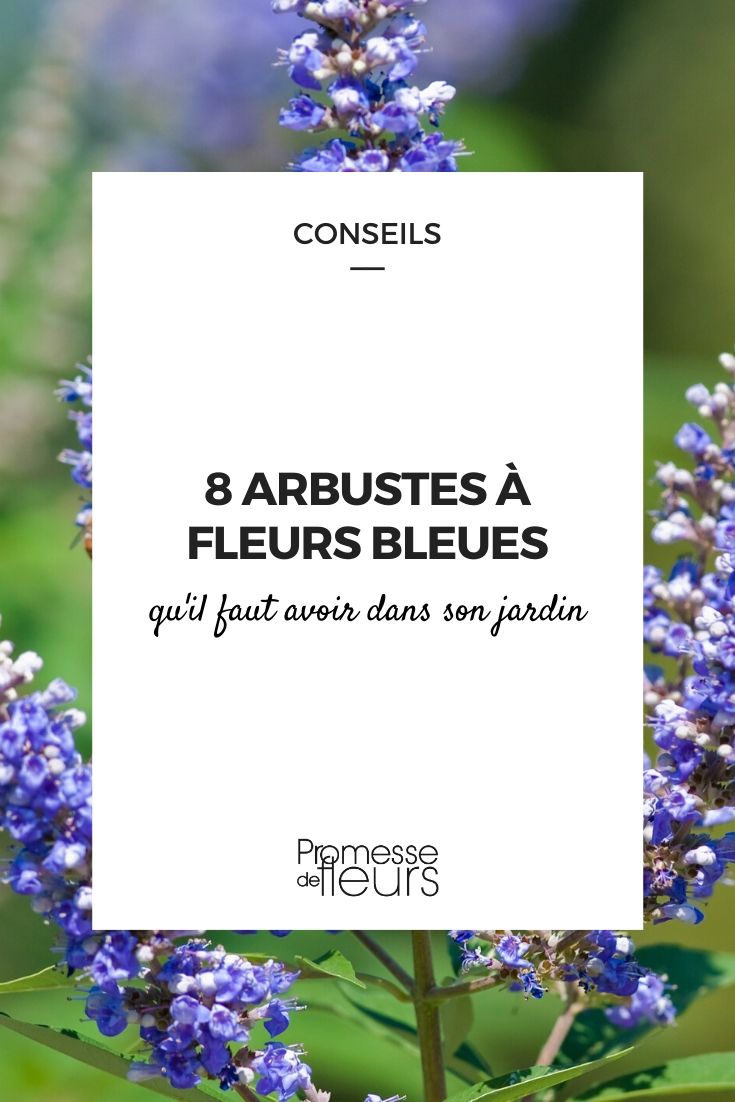































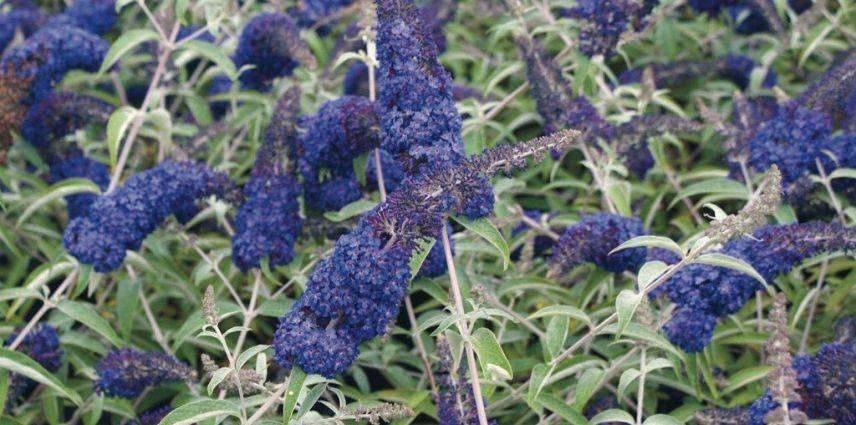
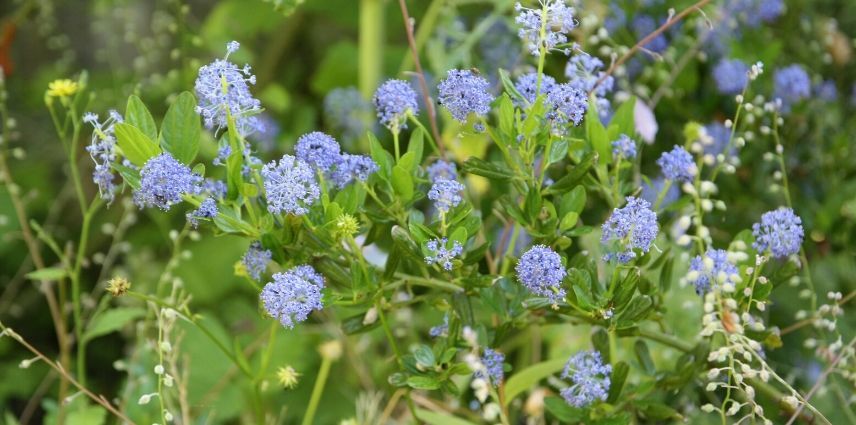

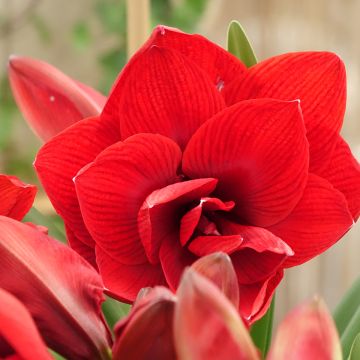


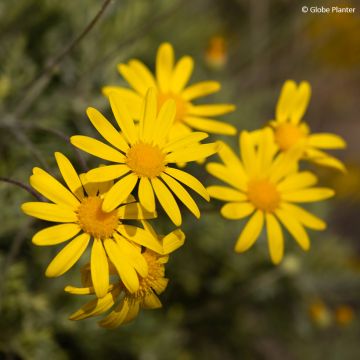
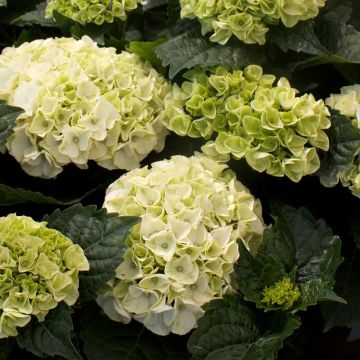

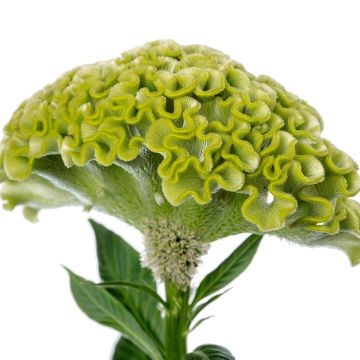
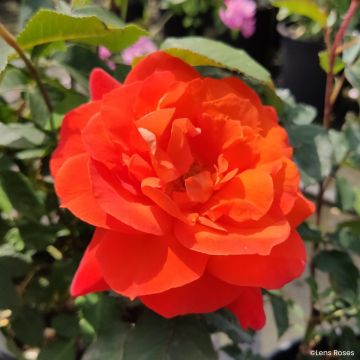
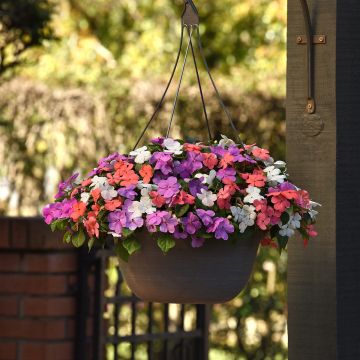

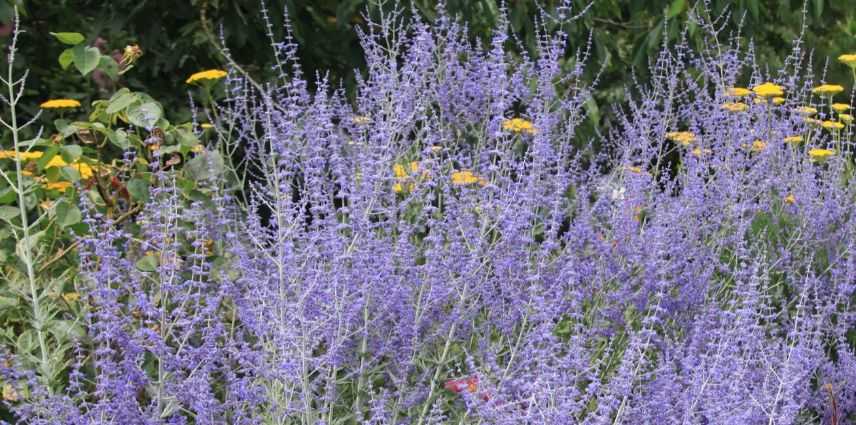
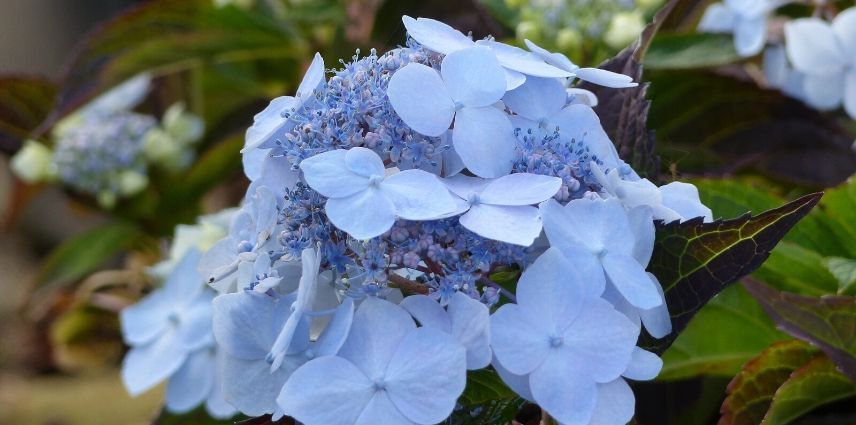
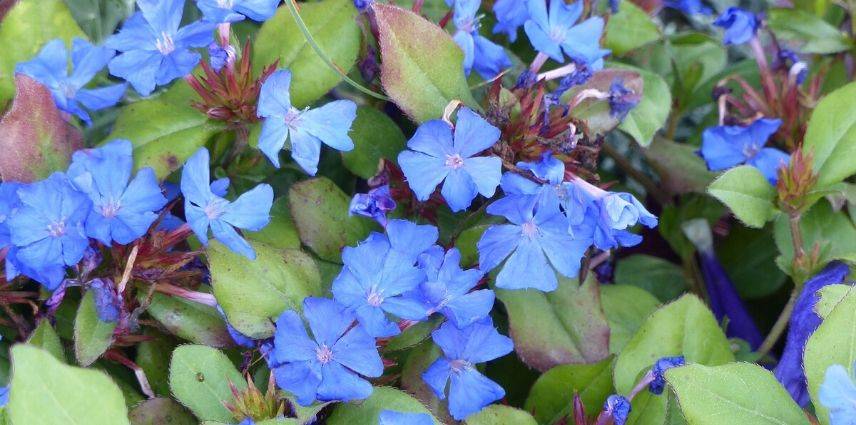
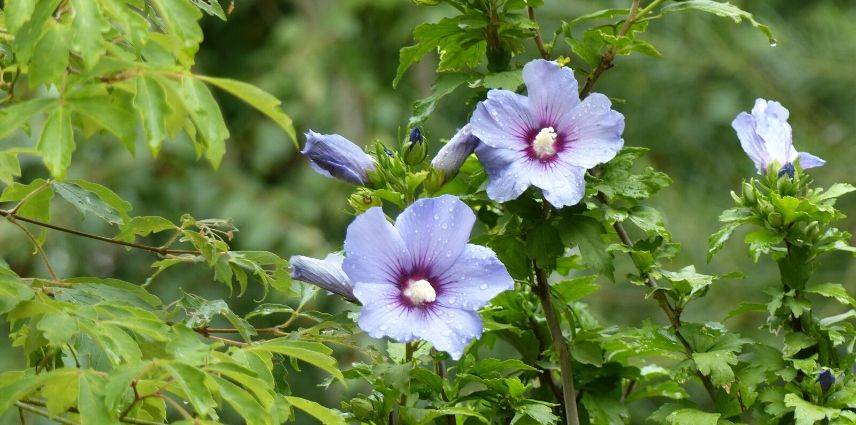
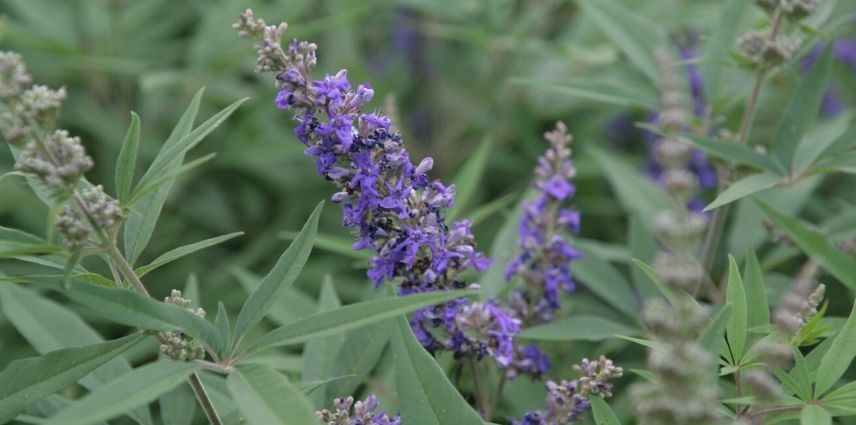

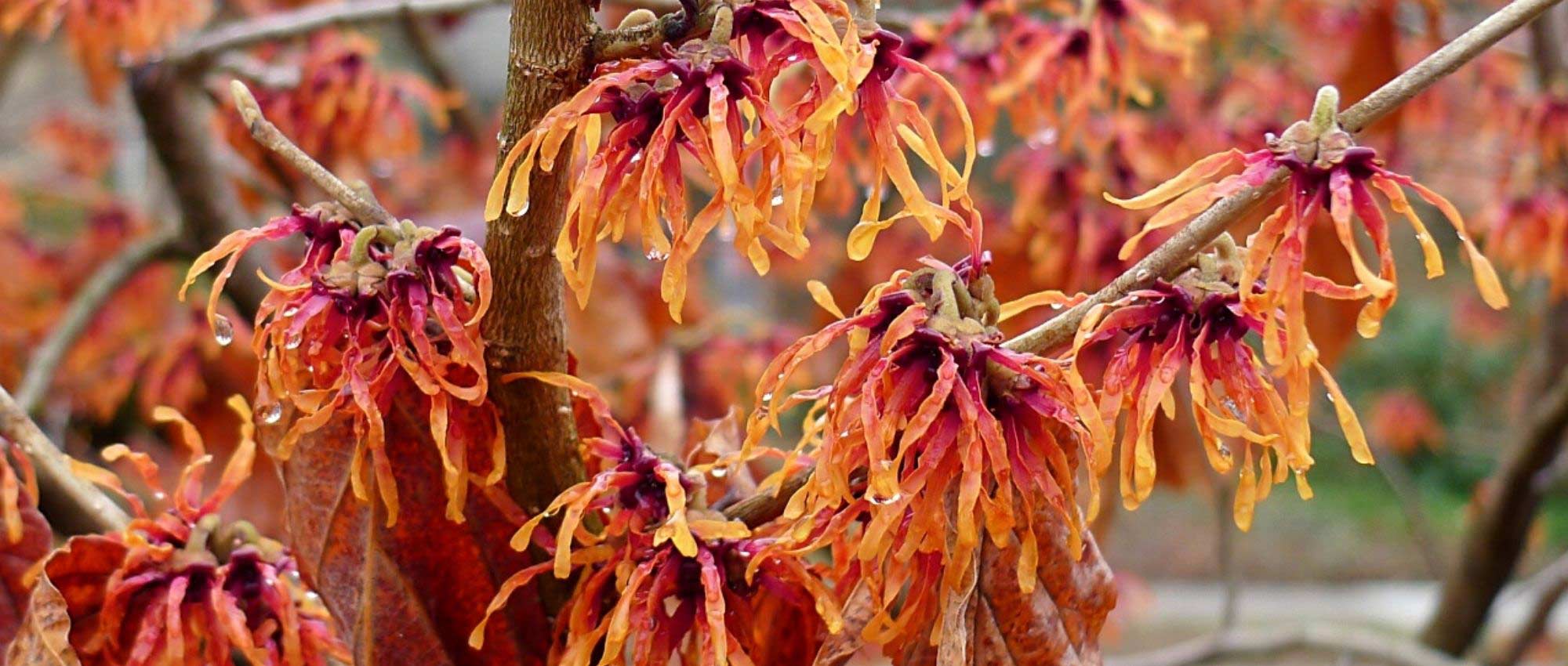
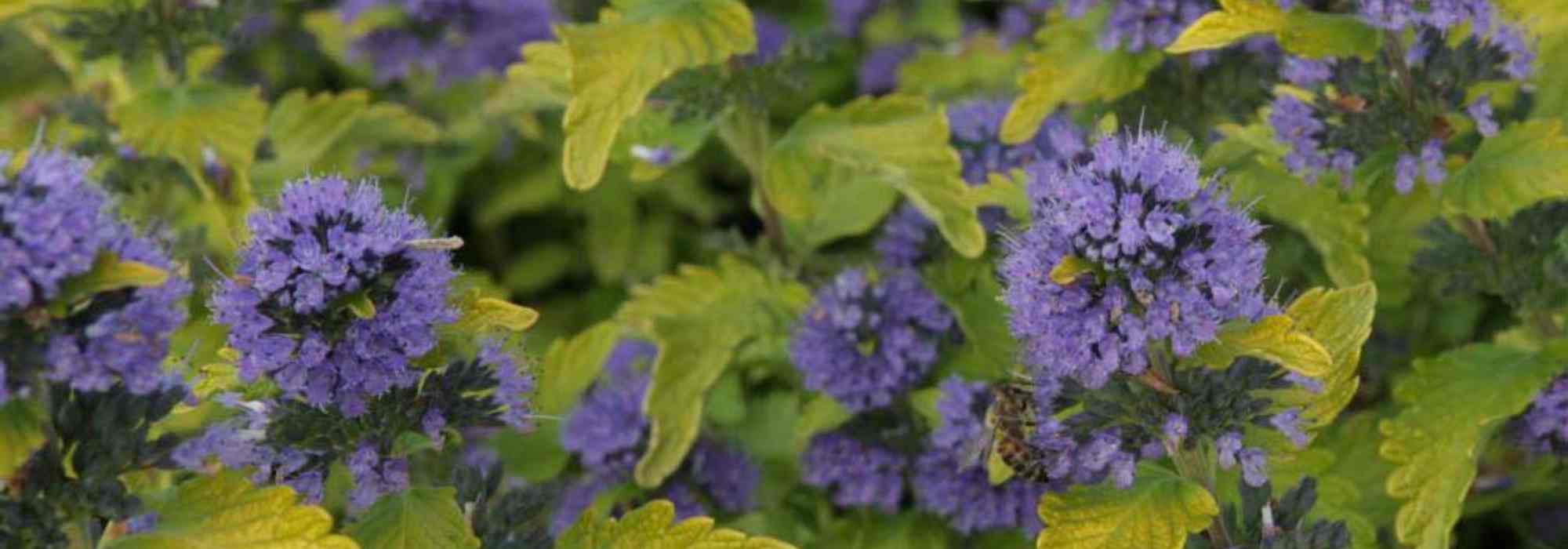
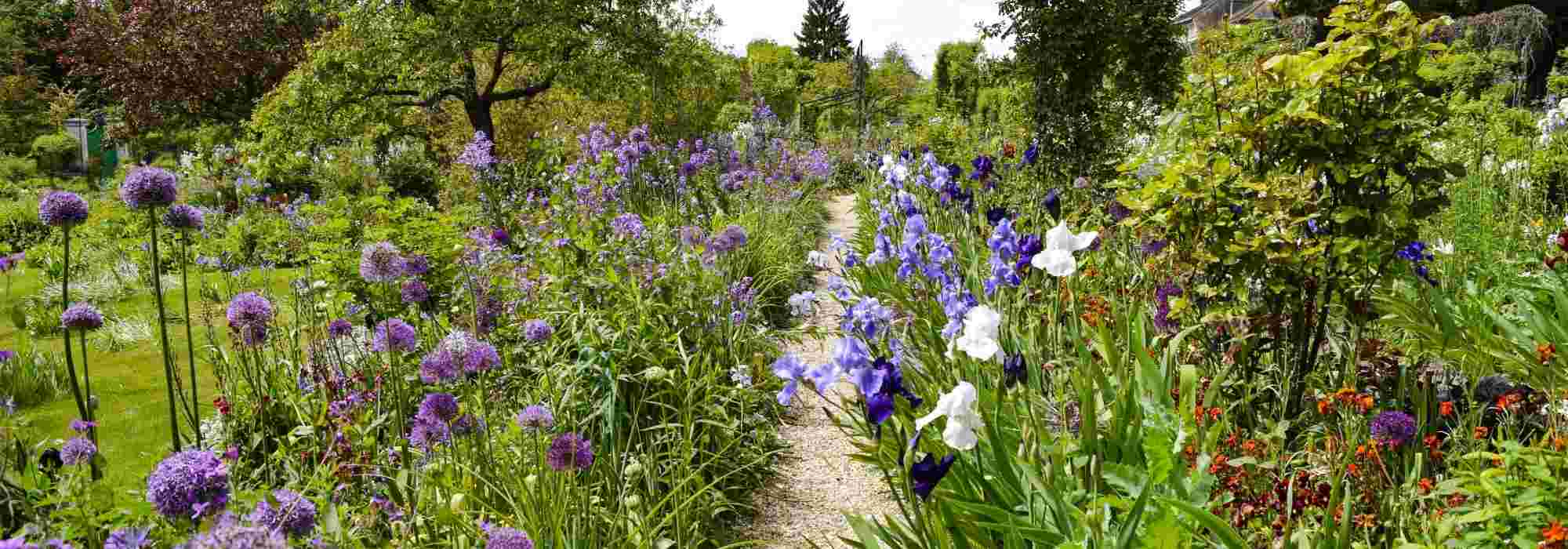
Comments